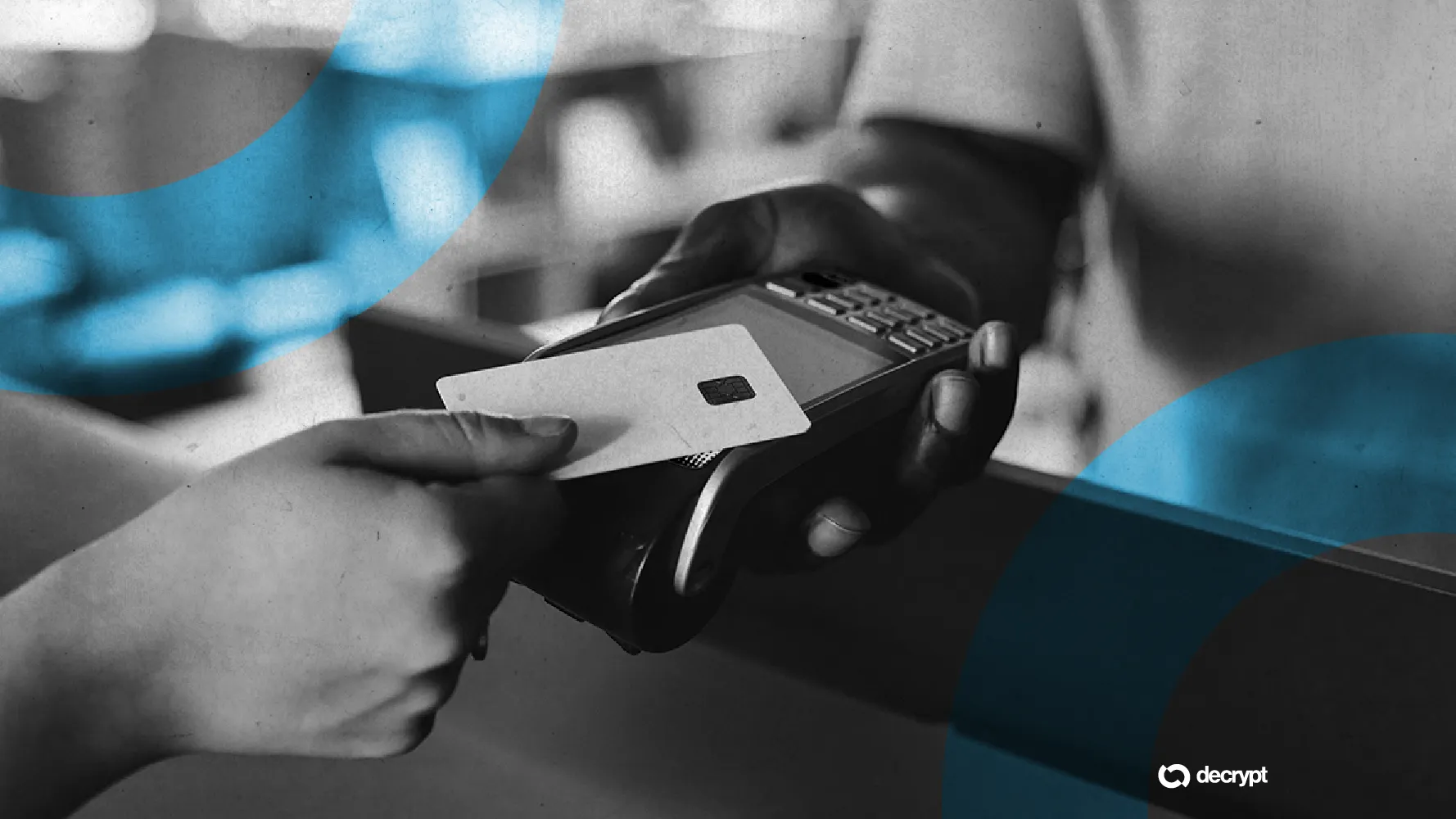In brief
- On- and off-ramp companies are attractive M&A targets, according to VanEck Ventures' Juan Lopez.
- They are increasingly being viewed as valuable touch points for facilitating payments through stablecoins, he said.
- In the past, they were viewed primarily as a way to fund crypto exchange accounts.
Companies that serve as connective tissue between digital assets and legacy payments systems are getting a glow-up from stablecoins this year, according to VanEck Ventures Managing Partner Juan Lopez.
As companies continue to explore new use cases with dollar-pegged tokens, those that help customers swap between cash and crypto are becoming some of the hottest targets for mergers and acquisitions, he told Decrypt in a recent interview.
Although they were mostly perceived as a way to let customers easily purchase crypto in the past, Lopez said that on-and-off ramps are increasingly being viewed as valuable touch points for facilitating everyday transactions through stablecoins.
“On-and-off ramp companies initially were the ones that were connecting the legacy payment systems with the sort of blockchain-adjacent systems that exchanges pioneered,” he said. “Now they can go from simply calling themselves on-and-off ramps to full-fledged payments providers built on this really novel infrastructure, which is a lot sexier.”
With last month’s passage of stablecoin legislation in the U.S., experts anticipate an explosion of stablecoins under the GENIUS Act. With a federal framework in place, Citigroup said this week that it’s exploring a stablecoin, months after Bank of America signaled the same.
Lopez said that stablecoins emerged within the crypto industry primarily as a way for exchanges to overcome long settlement times that customers faced when funding accounts, but experimentation has pushed their utility far beyond that.
“On-and-off ramps have been a large driver for some of the new use cases that we hear around stablecoins,” he said, pointing to cross-border remittances and business-to-business payments.
Earlier this year, crypto payments service MoonPay acquired Helio and Unstoppable Finance, "underscoring the vision for crypto payments,” according to a report from Architect Partners.
The move followed payment giant Stripe’s acquisition of stablecoin platform Bridge last year, one of the largest deals in the industry’s history valued at $1.1 billion.
Ripple said earlier this month that it would purchase Rail, a Toronto-based payments platform, for $200 million. Ripple highlighted the firm’s ability to offer “comprehensive stablecoin pay-ins and pay-outs” without requiring a company to hold crypto on its balance sheet.
Lopez noted that the licenses on-and-off ramp companies own could be a factor as well, letting companies expand into new businesses or jurisdictions than they could otherwise.
“It's really a time-to-market value,” he said. “If there's a particular player that wants to enter a particular business, they can do so much faster they can acquire a business that's gone through all the regulatory hurdles to actually be licensed to operate.”

